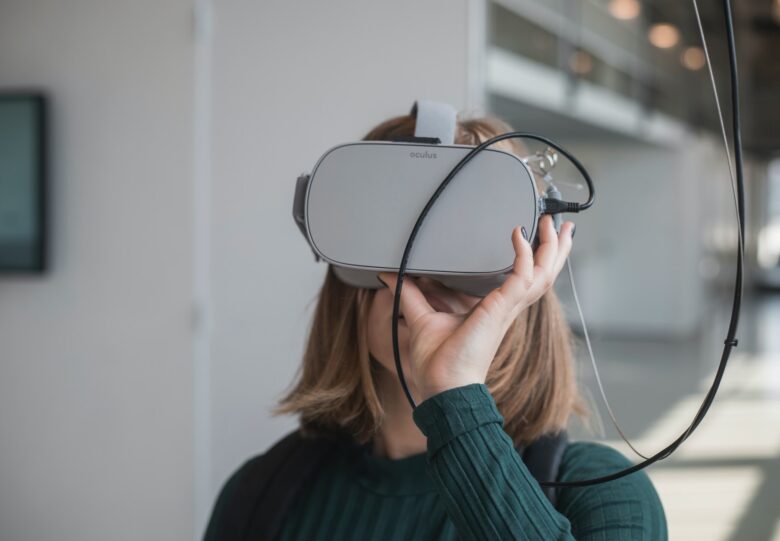The field of medicine is constantly evolving, and as a result, medical education needs to adapt to meet the changing demands of the healthcare industry. Traditional methods of teaching such as lectures, textbooks, and written exams are no longer sufficient to prepare medical students adequately for the real-world challenges they will face in their careers. This is where immersive technologies such as virtual and augmented reality come in.
In this article, we will explore the opportunities and challenges of using virtual and augmented reality in medical education, and how a medical university in Malaysia, Widad University College, can harness the power of these technologies to enhance the learning experience of their students.
What are Virtual and Augmented Reality?
Virtual Reality (VR) is a technology that creates a simulated environment that users can interact with using a headset and controllers. Augmented Reality (AR) is a technology that overlays virtual objects onto the real world using a smartphone or tablet. Both VR and AR have the potential to revolutionize medical education by providing students with realistic, interactive simulations of medical procedures and patient interactions.
The Advantages of VR and AR in Medical Education
One of the main advantages of VR and AR in medical education is the ability to provide students with hands-on experience in a safe and controlled environment. Medical students can practice surgical procedures, diagnose and treat medical conditions, and interact with patients in a realistic simulation without the risk of harming real patients. This not only enhances the learning experience but also reduces the risk of medical errors in the real world.
VR and AR can also help medical students learn complex concepts more easily. Visualizing anatomical structures, physiological processes, and medical conditions in 3D can help students understand and retain information more effectively than traditional teaching methods.
How to Implement VR and AR in Medical Education
Implementing VR and AR in medical education requires significant investment in technology, infrastructure, and training. Medical universities in Malaysia need to invest in high-quality VR and AR equipment, software, and content development to provide their students with a realistic and immersive learning experience. They also need to ensure that their faculty members are trained to use these technologies effectively in the classroom.

Challenges of Implementing VR and AR in Medical Education
One of the main challenges of implementing VR and AR in medical education is the cost. Investing in high-quality VR and AR equipment, software, and content development can be expensive. Medical universities in Malaysia need to weigh the benefits of using immersive technologies against the cost and determine whether the investment is worth it.
Another challenge is the lack of standardized content and assessment methods for VR and AR in medical education. Medical universities in Malaysia need to work with industry partners, regulatory bodies, and other universities to develop standards for content development and assessment to ensure that the education provided through these technologies meets the same standards as traditional methods.
Conclusion
In conclusion, the use of VR and AR in medical education has the potential to revolutionize the way medical students learn and prepare for their careers. While there are challenges to implementing these technologies, the benefits of providing students with a realistic, interactive learning experience make it worth considering for medical universities in Malaysia. By investing in high-quality VR and AR equipment, software, and content development, medical universities can provide their students with a cutting-edge education that prepares them for the real-world challenges of the healthcare industry.
